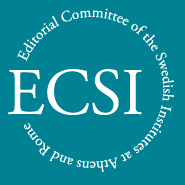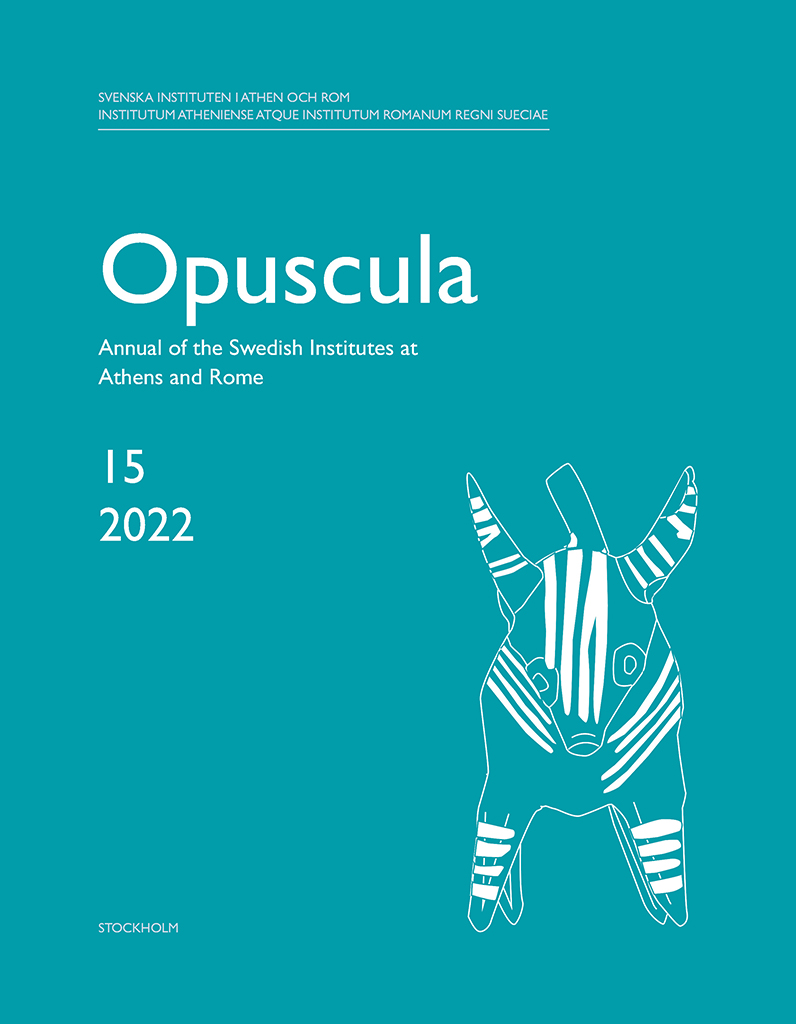Opuscula 15 is published by the Swedish Institutes at Athens and Rome. Distributed by Eddy.se AB. View volume at ERIH PLUS. Late Etruscan tripod thymiateria By Örjan Wikander Abstract This article is a further development of questions raised in my review of Laura Ambrosini’s magisterial Thymiateria etruschi in bronzo (2002), and it is mainly based upon material gathered by her. Whereas I mostly agree with Ambrosini’s conclusions, the discussion includes some dissent concerning production centres (Chiusi and Tarquinia in particular), chronology (beginning and end-date of production), and the function of the censers. Otherwise, a series of case studies clearly confirms the basic correctness of Ambrosini’s division of the thymiateria by different production centres. The article also expands my earlier views on the varying modes of production and the possible importance of Roman leges sumptuariae for the southern limit of thymiateria diffusion. Except for that, the investigation reveals no traces of influence from the Roman wars and the contemporaneous romanization, but perhaps of the importance of the stands for family status and cultural identity. Bibliographical information Örjan Wikander, ‘Late Etruscan tripod thymiateria’, Opuscula. Annual of the Swedish Institutes at Athens and Rome (OpAthRom) 15, Stockholm 2022, 105-156. ISSN: 2000-0898. ISBN: 978-91-977799-4-4….

